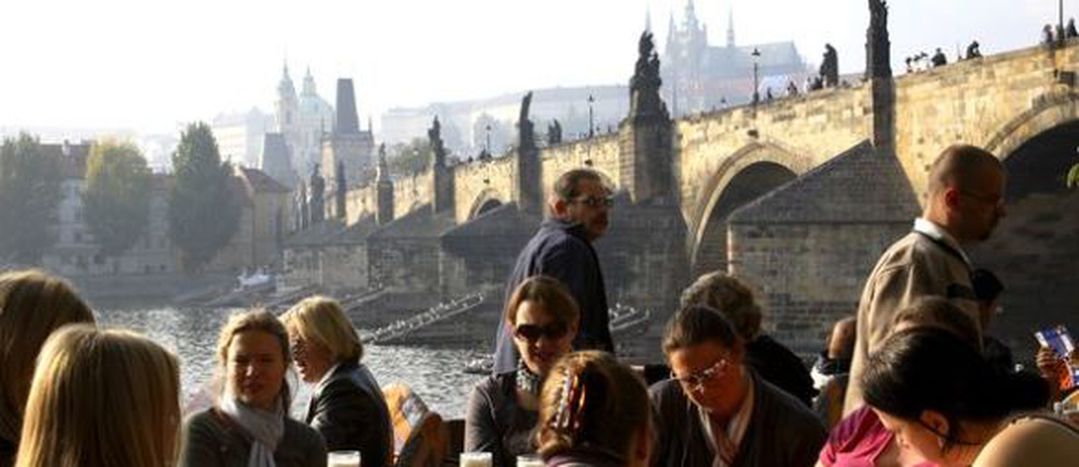
Where Does Europe End?
Published on
From its inception, Europe was the place of various happenings and saw the rise and the fall of numerous countries. Thus, the borders of Europe have been changing constantly and various ethnic groups have been intermingling among each other, but what about the image of Europe nowadays?
Article by Gayk Ayvazyan
From its inception, Europe was the place of various happenings and saw the rise and the fall of numerous countries. Thus, the borders of Europe have been changing constantly and various ethnic groups have been intermingling among each other, but what about the image of Europe nowadays? With the accession of Croatia, the number of EU countries reached 28 and new borders were established. However the debate about the candidate countries and their “fitness” into the EU family will never come to an end. It is always so hard to define what the borders of Europe are and which countries belong to Europe and where does it end.
To keep it short I have to say that this above mentioned border is more a political term than a cultural one. Put simply, Europe ends where the perception of the values are different from the European ones. What is that supposed to mean? I consider nowadays Europe as the home of many nationalities, however there are certain sets of traditions and values that all ethnic groups shall comply with. These standards were set by the founding countries of the EU and more powerful states of Europe on its own. This was dictated by history and other political factors. That is why every new state had to comply with these norms. Etymologically, the word “Europe” comes from Greek, but this state was not a founding state of the EU, however Greek culture is deeply rooted into the idea of European traditions. Therefore it is wiser to think that every state of this region that has these common features can be called European, since it is also able to add something new to the idea of European values and is somewhat connected to those shared ideas.



